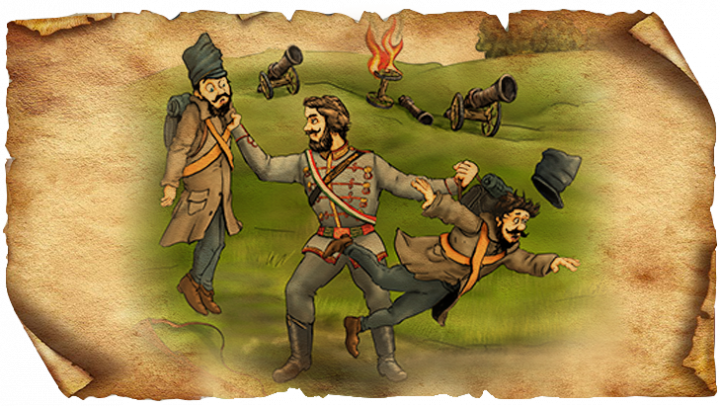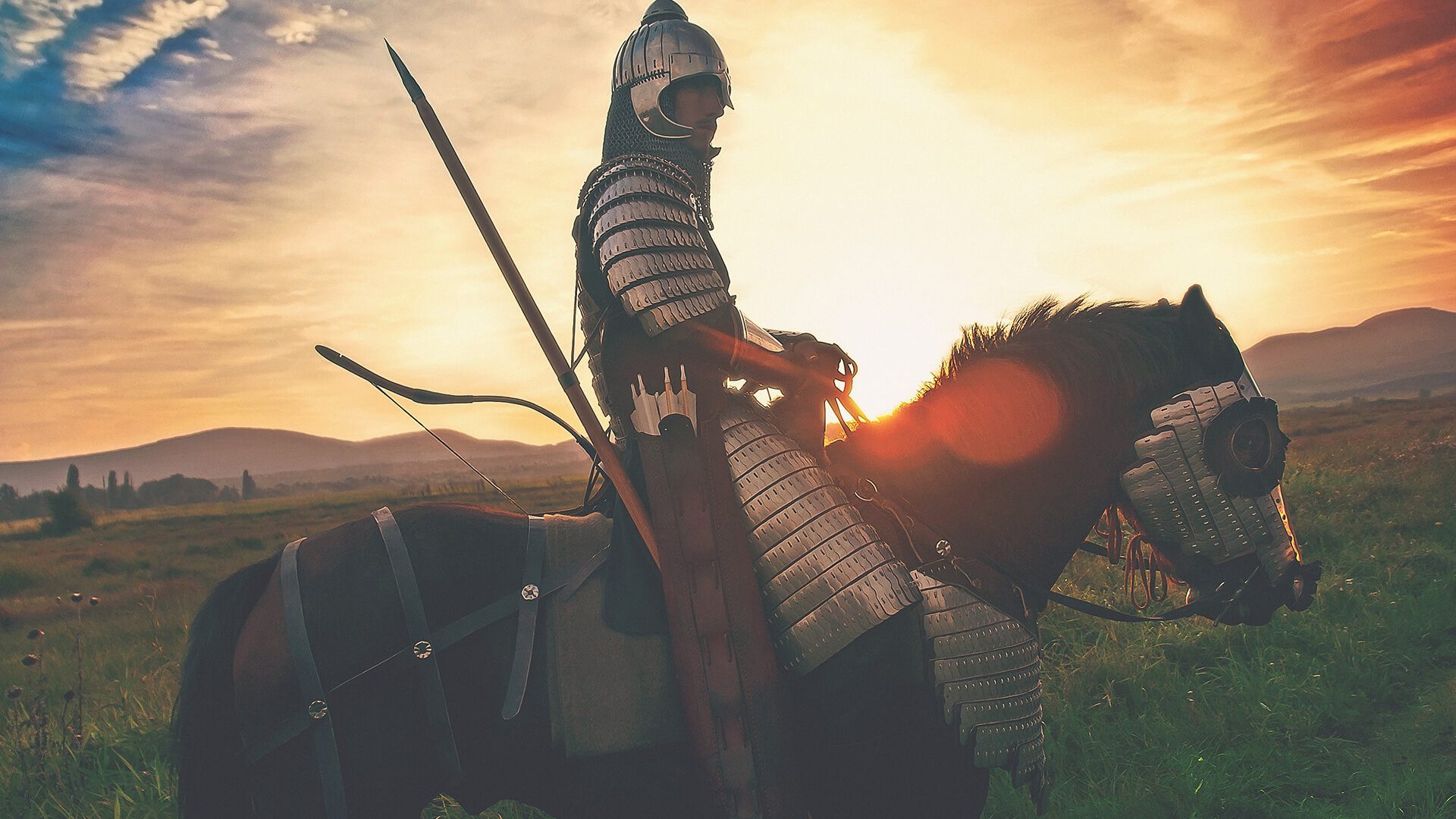The memory of the 1848-49 Hungarian War of Independence - Albești

The settlement near Sighisoara is a crucially important historical monument. Here, one of the last battles of the 1848-49 Hungarian War of Independence took place, when Sándor Petőfi and the revolutionary Domokos Zeyk died and disappeared here. In honor of the freedom fighters, statues were erected, memorial sites were established at the main sites of the battle, the local Haller estate and the nearby Ispánkút. There are several mass graves in the area.
The events of 1849 are mystified today, it is difficult to separate the facts from the more than one and a half centuries-old public stories. But the battle surely happened, and the rebellious Hungarians led by József Bem of Poland were defeated by the Russian army due to their overpower.
Not only the disappearance and supposed death of the poet Sándor Petőfi (last seen in Ispánkút, where a restored Petőfi Memorial can be visited today) is related to the Battle of White Church, but also the act of heroism of Domokos Zeyk originating from Transylvania, whose memory lives vividly in the region. The martial, brave soldier served as a lieutenant, then as a captain in the Hungarian War of Independence. In the Battle at Fehéregyháza he played a role in the rescue of General Bem József, and it is also remembered that he asked Petőfi to get on his horse to save the poet, but he resisted. According to tradition, Zeyk had a single sword, and he turned alone against the Cossacks to stop them, and they couldn't defeat him. The enemy wanted to catch him alive, but, being surrounded, he shot himself with his pistol. The incident happened near the Ispánkút, and the brave soldier, like Petőfi, rests in a mass grave in Fehéregyháza. A school center in Székelykeresztúr is named after him, street bears his name in Budapest.
The memory of the noble Haller family and the former castle are closely related to the history of the settlement. For centuries, Hallers were the dominant personalities of the region, both economically and culturally. The ten-meter-high turul monument is on their former estate, which was set up in 1899 alongside a presumed mass grave. In addition to the monument, Countess Lujza Haller also established a memorial park and a Petőfi Memorial House in the same period - after many decades, these facilities can still be visited, moreover they were extended with the statues of Sándor Petőfi and József Bem.
The small museum is maintained and operated by Sándor Petőfi Cultural Association, the exhibition of the 19th century Hungary, the War of Independence and the last days of Petőfi can be viewed in it, renovated in 2000.
For several centuries, the Hallers had also their castle in Fehéregyháza, which was largely destroyed by the middle of the 20th century, but a great number of beliefs, hearsays are attached to it. According to the oral tradition, a tunnel led from the castle to the nearby forest, and another guided to the monastery of Kolostordomb, the site of the present-day cemetery.
The tourists visit mainly Fehéregyháza, but there are also several spectacular and characteristic buildings. Saxons, Hungarians, Romanians and Gypsies lived together for centuries in the settlement - the unique architectural monuments of each nation can be seen on the main street. On the main street where Petőfi, Zeyk and Bem once fought for their freedom, the freedom of the Hungarians.
The events of 1849 are mystified today, it is difficult to separate the facts from the more than one and a half centuries-old public stories. But the battle surely happened, and the rebellious Hungarians led by József Bem of Poland were defeated by the Russian army due to their overpower.
Not only the disappearance and supposed death of the poet Sándor Petőfi (last seen in Ispánkút, where a restored Petőfi Memorial can be visited today) is related to the Battle of White Church, but also the act of heroism of Domokos Zeyk originating from Transylvania, whose memory lives vividly in the region. The martial, brave soldier served as a lieutenant, then as a captain in the Hungarian War of Independence. In the Battle at Fehéregyháza he played a role in the rescue of General Bem József, and it is also remembered that he asked Petőfi to get on his horse to save the poet, but he resisted. According to tradition, Zeyk had a single sword, and he turned alone against the Cossacks to stop them, and they couldn't defeat him. The enemy wanted to catch him alive, but, being surrounded, he shot himself with his pistol. The incident happened near the Ispánkút, and the brave soldier, like Petőfi, rests in a mass grave in Fehéregyháza. A school center in Székelykeresztúr is named after him, street bears his name in Budapest.
The memory of the noble Haller family and the former castle are closely related to the history of the settlement. For centuries, Hallers were the dominant personalities of the region, both economically and culturally. The ten-meter-high turul monument is on their former estate, which was set up in 1899 alongside a presumed mass grave. In addition to the monument, Countess Lujza Haller also established a memorial park and a Petőfi Memorial House in the same period - after many decades, these facilities can still be visited, moreover they were extended with the statues of Sándor Petőfi and József Bem.
The small museum is maintained and operated by Sándor Petőfi Cultural Association, the exhibition of the 19th century Hungary, the War of Independence and the last days of Petőfi can be viewed in it, renovated in 2000.
For several centuries, the Hallers had also their castle in Fehéregyháza, which was largely destroyed by the middle of the 20th century, but a great number of beliefs, hearsays are attached to it. According to the oral tradition, a tunnel led from the castle to the nearby forest, and another guided to the monastery of Kolostordomb, the site of the present-day cemetery.
The tourists visit mainly Fehéregyháza, but there are also several spectacular and characteristic buildings. Saxons, Hungarians, Romanians and Gypsies lived together for centuries in the settlement - the unique architectural monuments of each nation can be seen on the main street. On the main street where Petőfi, Zeyk and Bem once fought for their freedom, the freedom of the Hungarians.
